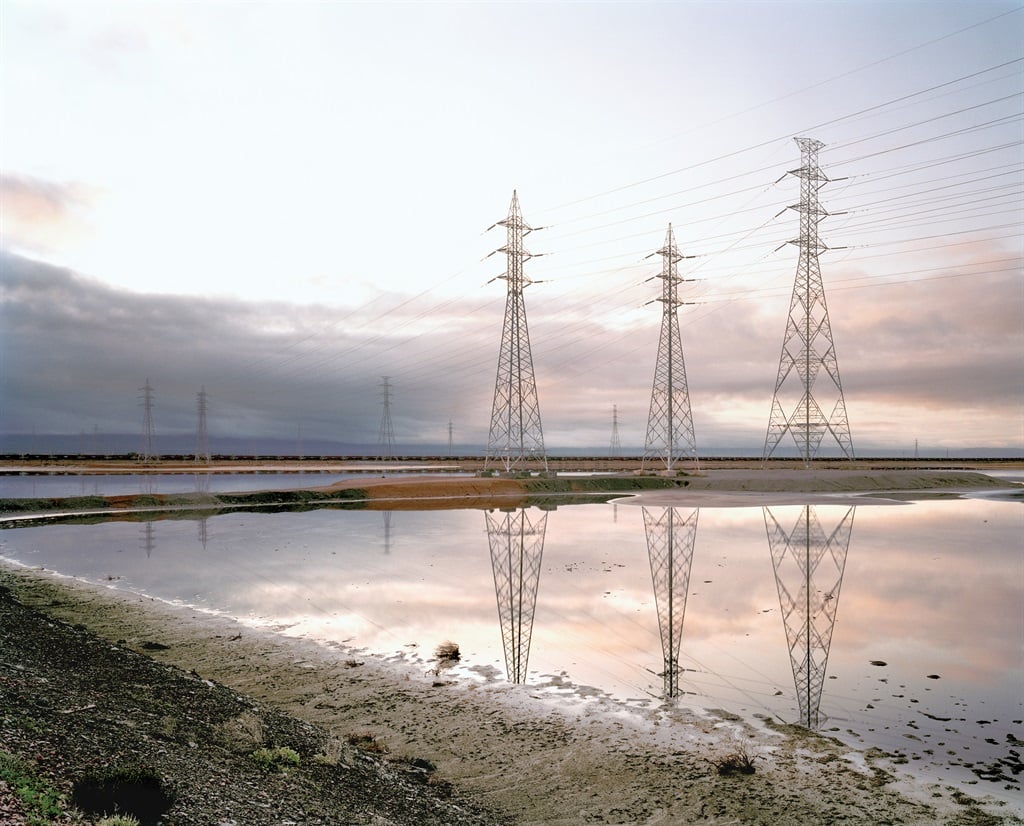
South Africa's network of virtual power plants is growing fast. The potential of VPPs has barely been tapped yet in SA, say Siyanda Mflathelwa and Daniel Zinman.
- For more financial news, go to the News24 Business front page.
Increasingly in use in South Africa, Virtual Power Plants (VPPs) are a network of different power sources, such as wind, solar and battery energy storage systems working together, sometimes at different locations.
Currently, South Africa has at least five utility-scale VPPs either under construction or in operation, but their numbers are expected to increase due to the country’s need for dispatchable energy.
They are proving a boon primarily for commercial and industrial companies throughout the country, but localised use is also on the rise for applications such as residential estates.
And not only are they expected to add substantial energy to the grid, they are also making use of the wave of AI advancements by using algorithms which can analyse data to make informed decisions on how to manage and distribute the sources of energy optimally and most economically in real-time.
VPP operators use smart software to connect these distributed energy resources and act as a single, consistent power source. This allows them to sell electricity to the grid, just like a traditional power plant, but with the option to select the source technology/ies of dispatch at any point in time.
These plants are designed with multiple layers of redundancy in the controller systems to cater for any breakdowns or break in transmission in the VPP systems.
VPPs can help alleviate both load shedding and grid instability by integrating more renewables and offering flexible power generation, often providing power when the grid is most constrained so as to better match supply and demand on either a localised or national basis.
Many of the large independent power producers (IPPs) – both local and international – established in the SA market are active in this burgeoning space, such as Engie, EDF, Red Rocket, ACED and Scatec. The Umoyilanga project, under way with French renewable energy group EDF Renewables and funded by RMB, is an example.
By the end of next year, it will be South Africa's first wind + solar PV + BESS, separately located yet integrated utility scale virtual power plant. This project, procured under the Government’s Risk Mitigation IPP Programme (RMIPPPP), will avail 75MW of dispatchable power to the national grid, that Eskom can call upon at very short notice.
Meanwhile the recently announced Oya Energy Project, in which RMB partnered with Engie - one of the world’s largest IPPs - also comprises solar PV, wind and a BESS, each of which represents a large plant on its own in the South African context.
When combined and located at the same site, it will provide 128 MW of contracted capacity which can be called upon by Eskom to be dispatched at specified times of the day. The power sources can be optimised as required to meet that demand. This means their output can be controlled to meet fluctuating electricity needs across the country within a specified window.
These power plants stand as significant dispatchable renewable energy plants, even by global standards.
Government recognises the potential of VPPs to assist in alleviating load shedding. Eskom has also implemented a standalone BESS program that will allow them to better meet peak demand periods by storing excess generation in the off-peak periods, this will also unlock additional grid capacity in certain regions where renewable energy plants have already been installed, such as the Northern Cape, thereby allowing for greater renewable energy development.
VPPs offer a number of advantages which are expected to support their growing popularity. By combining multiple sources, VPPs can help balance fluctuations in renewable energy generation. They can also optimise energy use by drawing from the most cost-effective source at any given time.
By integrating more renewables, VPPs can help reduce reliance on fossil fuels and lower greenhouse gas emissions. VPPs can allow homes and businesses to participate in the energy market and potentially earn money from their own power generation or flexible energy use.
VPPs gather vast amounts of data from the integrated technologies in each instance, including the power generation from solar panels, wind turbines and energy storage levels in batteries as well as real-time grid conditions and weather forecasts. Using this data, AI can predict energy generation from renewables and electricity demand with better accuracy.
This allows for better planning and resource allocation within the VPP, helping VPPs operate more efficiently by optimising resource use and minimizing energy waste. By accurately predicting and responding to changes in weather, demand and generation, AI can contribute to a more stable and reliable dispatch profile, which is what is needed currently in SA.
And as AI capability develops further, it will have the capability to vastly improve the management of the complex mix of electricity sources within VPPs. That is why, we expect AI to play an even greater role in optimising the performance of these plants and contributing to a more sustainable and reliable energy future.
Countries like Germany, The Netherlands and Australia as well as the state of California are considered leaders in VPP development. All have supportive policies, regulations, and market structures that encourage the development of VPPs.
While VPPs aren't yet widespread in South Africa, initial projects and industry interest suggest they have the potential to play a significant role in the country's future energy landscape, at both localised and national levels.
Siyanda Mflathelwa, Head of PPPs and Concessions, and Daniel Zinman Head of Power, Infrastructure Sector Solutions team at RMB.
News24 encourages freedom of speech and the expression of diverse views. The views of columnists published on News24 are therefore their own and do not necessarily represent the views of News24.




 Publications
Publications
 Partners
Partners












